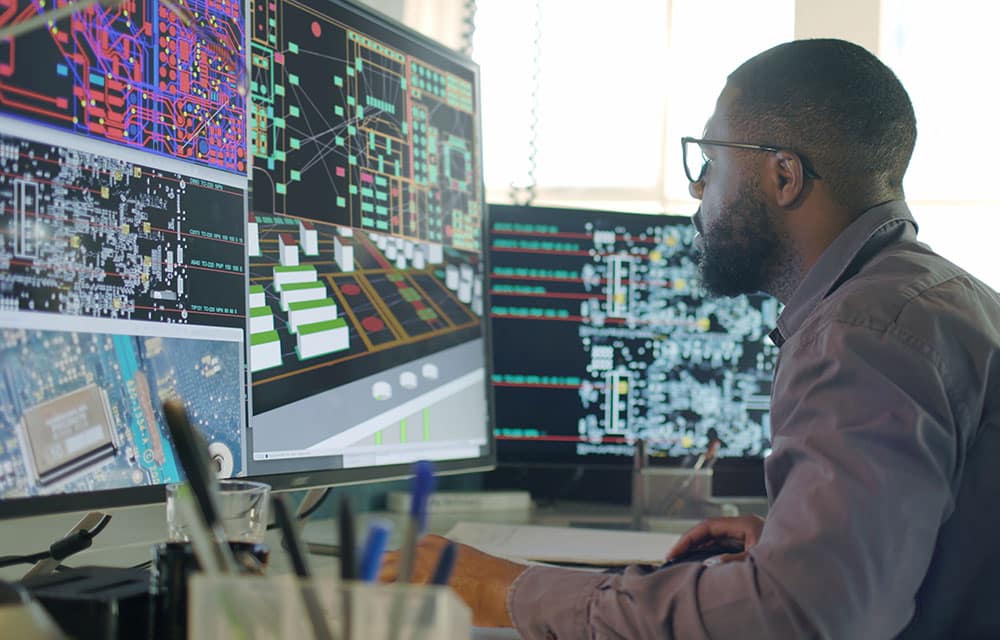Signal integrity can make or break your electronic designs. Prioritising it can prevent costly failures and ensure peak performance. Isn’t it time to focus on getting it right?

In general, integrity refers to the ability to stay consistent and unchanged. In electronics, the focus is on end-to-end signals—the flow of electrons in a specific direction. Signal integrity is the measure of a signal’s ability to remain unchanged as it travels along its transmission path.
Electrical engineers rely on signal integrity to assess the quality of high-speed SerDes signals. This article draws on over seven years of expertise in the field to provide valuable insights on signal integrity.
In an ideal scenario, signals would fulfil their intended purpose without degradation. However, signals with low integrity may not perform as expected, leading to various issues in electronic systems, from intermittent disturbances to complete failures. Understanding the potential impact of poor signal integrity on the performance and reliability of electronic systems is crucial.
Electrical and electronics engineers strive to create an ideal or near-ideal environment for high-speed signal transmission during PCB design. This involves precise positioning and routing of PCBs, adhering to specific design specifications.
Every aspect of PCB design, from the components used to the assembly process and the arrangement and interconnection of components, plays a crucial role. A solid understanding of signal integrity principles is essential for designing high-speed electronics. Following best practices ensures the optimal performance of high-speed electronics.
Basics of Signal Integrity







